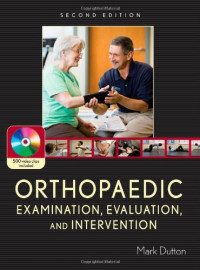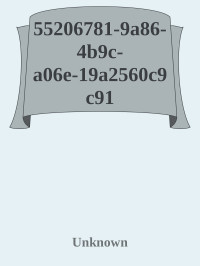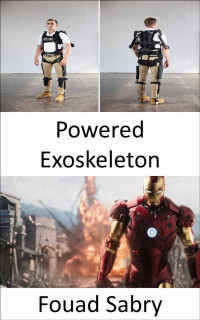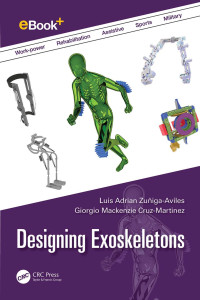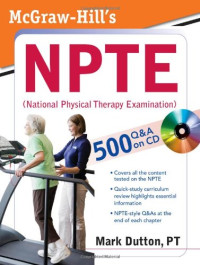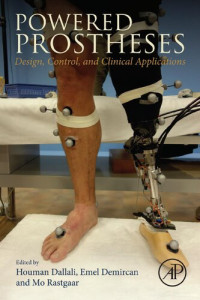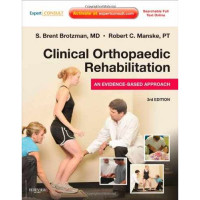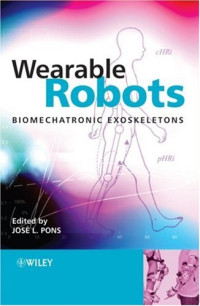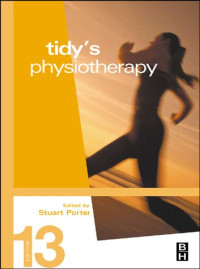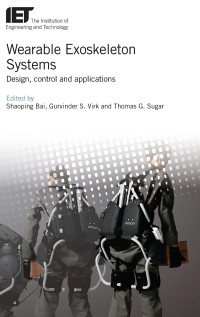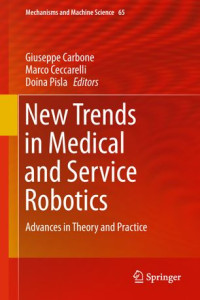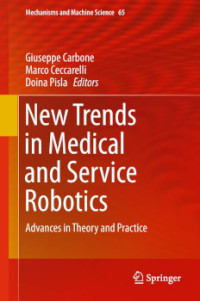
Considerations for the Use of an Exoskeleton for Extremity Control and Assistance when Learning to Walk with Cerebral Palsy
Bryant Whitney Rousseau BurnettAn exoskeleton for the purpose of helping cerebral palsy patients learn to walk is not limited to one specific form depending on the complexity of the tasks it is desired to assist with. However, there are a couple needs of this type of exoskeleton that are absolutely necessary. The size of the exoskeleton must be designed around the size of a child and not an adult. If the individual is learning to walk from the very beginning, the controls of the device will need to initially be able to take complete control over the individual’s limbs to exercise the motions of walking. With the nature of an exoskeleton controlling the limbs of a person instead of simply assisting with current movements, the physical attachments of the exoskeleton must be improved from current designs in order to make movements of the exoskeleton and the body more parallel. Other features such as different muscle sensing techniques may also improve performance, but are not required. An exoskeleton that can help cerebral palsy patients learn to walk can also be applied to many other rehabilitation needs.
 Amazon
Amazon  Barnes & Noble
Barnes & Noble  Bookshop.org
Bookshop.org  Chuyển đổi tập tin
Chuyển đổi tập tin Các kết quả tìm kiếm tiếp theo
Các kết quả tìm kiếm tiếp theo Các lợi ích khác
Các lợi ích khác 